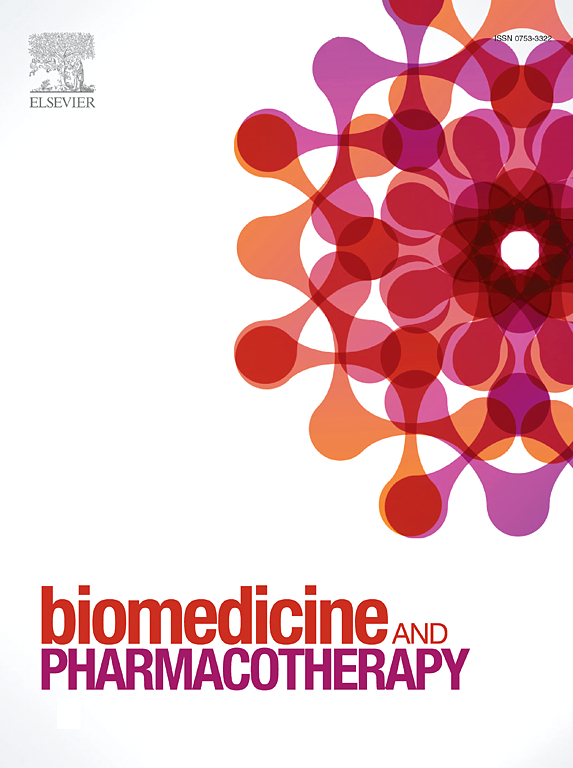Structure-activity relationship analysis of mono-methylated quercetins by comprehensive MS/MS analysis and anti-proliferative efficacy in human colorectal cancer cells
IF 6.9
2区 医学
Q1 MEDICINE, RESEARCH & EXPERIMENTAL
引用次数: 0
Abstract
Flavonoids and their derivatives are known for their diverse biological activities. This study aims to elucidate the structure-activity relationships (SARs) of flavonoids, including fisetin, luteolin, quercetin, and mono-methylated quercetins (MQs), with a focus on their potential as therapeutic agents for colorectal cancer (CRC). Using electrospray ionization tandem mass spectrometry (ESI-QTOF MS/MS) and retro Diels-Alder (rDA) analysis, we developed a novel analytical method to differentiate between MQs, despite their identical molecular weights, by analyzing their unique fragmentation patterns. Comparing the structures and activities of the tested flavonoids highlights the importance of the methylation and hydroxylation status at the carbon 3, 5, 7, 3’, and 4’ positions of quercetin for enhancing antiproliferative activity in human CRC cells. Specifically, 3-O-methylquercetin and 4’-O-methylquercetin were found to induce cell cycle arrest and apoptosis in CRC cells through mechanisms involving oxidative stress, mitochondrial dysfunction, and inactivation of the SRC/JAK2/STAT3 pathway, while exhibiting no cytotoxicity to normal human colon cells. These results suggest that MQs are promising therapeutic flavonoids for CRC treatment. This study underscores the importance of specific structural modifications in flavonoids to improve their anticancer efficacy, providing valuable insights for the development of targeted therapies for CRC.
求助全文
约1分钟内获得全文
求助全文
来源期刊
CiteScore
11.90
自引率
2.70%
发文量
1621
审稿时长
48 days
期刊介绍:
Biomedicine & Pharmacotherapy stands as a multidisciplinary journal, presenting a spectrum of original research reports, reviews, and communications in the realms of clinical and basic medicine, as well as pharmacology. The journal spans various fields, including Cancer, Nutriceutics, Neurodegenerative, Cardiac, and Infectious Diseases.

 求助内容:
求助内容: 应助结果提醒方式:
应助结果提醒方式:


